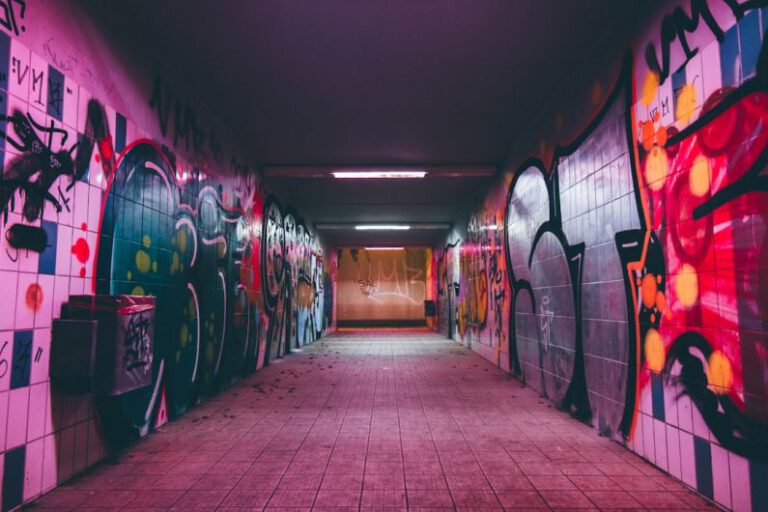Blurring Boundaries: the Transformation of Public Spaces with Augmented Reality
Augmented reality (AR) has rapidly become a transformative technology in recent years, blurring the boundaries between the physical and digital worlds. Its applications are not limited to gaming or entertainment but have also extended to public spaces, revolutionizing the way we interact with our environment. As AR continues to evolve, its impact on public spaces is becoming increasingly profound, reshaping our experiences and perceptions of the world around us.
Augmented Reality in Public Art
One of the most significant ways in which AR is transforming public spaces is through the integration of digital art into physical environments. Traditional forms of public art, such as sculptures and murals, are being reimagined and enhanced with AR technology, creating interactive and dynamic experiences for viewers. By superimposing digital elements onto real-world settings, artists can engage audiences in new and innovative ways, breaking free from the constraints of traditional art forms.
Moreover, AR allows for greater accessibility and inclusivity in public art, as viewers can engage with artworks using their smartphones or AR-enabled devices. This democratization of art not only expands the reach of artists but also fosters a deeper connection between individuals and their surroundings. Public spaces are no longer static environments but dynamic canvases that evolve and adapt to the interactions of the people within them.
Enhancing Public Navigation and Information
Augmented reality is also revolutionizing the way we navigate and interact with public spaces. Through AR-powered applications, users can access real-time information about their surroundings, from historical landmarks to upcoming events. This seamless integration of digital information into physical environments enhances our understanding of the spaces we inhabit, providing context and depth to our experiences.
For tourists and locals alike, AR serves as a virtual tour guide, offering insights and stories that bring public spaces to life. By overlaying digital content onto physical landmarks, AR bridges the gap between the past and the present, offering a rich tapestry of narratives that enrich our understanding of the world around us. Public spaces are no longer just static backdrops but living narratives that unfold before our eyes.
Fostering Community Engagement and Social Interaction
Another significant impact of AR on public spaces is its ability to foster community engagement and social interaction. By creating shared AR experiences in public settings, individuals are encouraged to connect and collaborate with one another, blurring the boundaries between virtual and physical communities. Whether through interactive games or collaborative art projects, AR brings people together in new and exciting ways, transcending traditional notions of public space.
Through AR-powered installations and events, public spaces are transformed into hubs of creativity and social interaction, where individuals can come together to explore, learn, and create. This sense of shared experience not only strengthens community bonds but also redefines the role of public spaces as dynamic and inclusive environments for all.
Redefining Public Space: The Future of Augmented Reality
As augmented reality continues to evolve and expand its capabilities, the transformation of public spaces is set to accelerate. With advancements in AR technology, we can expect to see even more immersive and interactive experiences in our everyday environments, blurring the boundaries between the physical and digital realms. Public spaces will no longer be confined by traditional limitations but will become fluid and dynamic landscapes that adapt to the needs and desires of those who inhabit them.
In conclusion, the integration of augmented reality into public spaces represents a paradigm shift in how we perceive and interact with our environment. By blending digital elements with physical surroundings, AR has the power to enrich our experiences, foster community engagement, and redefine the very concept of public space. As we embrace this new era of technological innovation, the boundaries between the real and the virtual will continue to blur, creating a world where possibilities are limitless and where the line between imagination and reality fades away.






